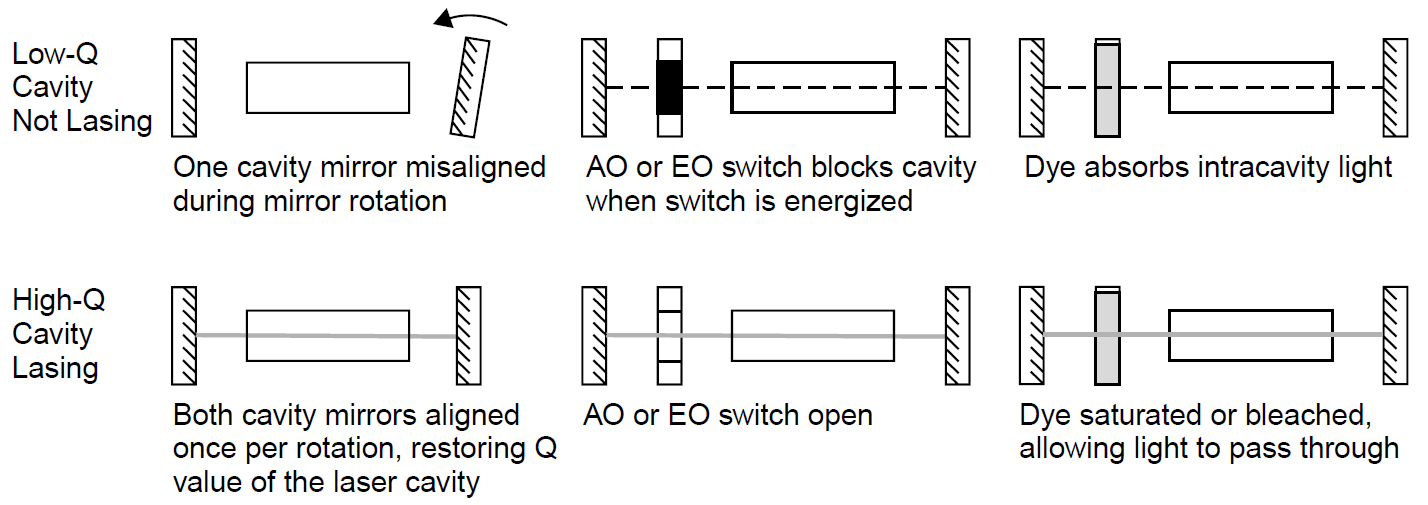
تاريخ الفيزياء

علماء الفيزياء


الفيزياء الكلاسيكية

الميكانيك

الديناميكا الحرارية


الكهربائية والمغناطيسية

الكهربائية

المغناطيسية

الكهرومغناطيسية


علم البصريات

تاريخ علم البصريات

الضوء

مواضيع عامة في علم البصريات

الصوت


الفيزياء الحديثة


النظرية النسبية

النظرية النسبية الخاصة

النظرية النسبية العامة

مواضيع عامة في النظرية النسبية

ميكانيكا الكم

الفيزياء الذرية

الفيزياء الجزيئية


الفيزياء النووية

مواضيع عامة في الفيزياء النووية

النشاط الاشعاعي


فيزياء الحالة الصلبة

الموصلات

أشباه الموصلات

العوازل

مواضيع عامة في الفيزياء الصلبة

فيزياء الجوامد


الليزر

أنواع الليزر

بعض تطبيقات الليزر

مواضيع عامة في الليزر


علم الفلك

تاريخ وعلماء علم الفلك

الثقوب السوداء


المجموعة الشمسية

الشمس

كوكب عطارد

كوكب الزهرة

كوكب الأرض

كوكب المريخ

كوكب المشتري

كوكب زحل

كوكب أورانوس

كوكب نبتون

كوكب بلوتو

القمر

كواكب ومواضيع اخرى

مواضيع عامة في علم الفلك

النجوم

البلازما

الألكترونيات

خواص المادة


الطاقة البديلة

الطاقة الشمسية

مواضيع عامة في الطاقة البديلة

المد والجزر

فيزياء الجسيمات


الفيزياء والعلوم الأخرى

الفيزياء الكيميائية

الفيزياء الرياضية

الفيزياء الحيوية

الفيزياء العامة


مواضيع عامة في الفيزياء

تجارب فيزيائية

مصطلحات وتعاريف فيزيائية

وحدات القياس الفيزيائية

طرائف الفيزياء

مواضيع اخرى
INTRACAVITY SWITCHES
المؤلف:
Mark Csele
المصدر:
FUNDAMENTALS OF LIGHT SOURCES AND LASERS
الجزء والصفحة:
p195
20-3-2016
2867
INTRACAVITY SWITCHES
A Q-switch consists of a mechanism that spoils the resonance of the laser cavity. There are a number of ways to accomplish this, from altering the alignment of a cavity mirror mechanically (e.g., by a rotating mirror), insertion of an optical switch within the cavity of the laser itself (e.g., an EO or AO modulator), or a saturable dye switch within the cavity. These methods are outlined in Figure 1.1, in which each type of Q-switch is shown within in a solid-state laser cavity.
A rotating mirror, the simplest method, is rarely used except in a few older military rangefinders that use ruby rods. A high-speed motor drives the mirror, which, once per revolution, aligns with the other cavity mirror. Just prior to this alignment, the optical pump (usually, a flash lamp) is fired to ensure that a massive population inversion has built up before the cavity is aligned. The shortcoming of this method is that the experiment must be synchronized to the laser, which fires at repeated intervals. Control over when the laser fires is not possible. As well, the pulse is not as formed as other Q-switching methods since the Q of the cavity does not suddenly jump to a maximum value but rather, increases as the mirror rotates and the mirror becomes mechanically close to the optimal alignment position.
Electrooptic and acoustooptic modulators work quite literally as optical switches, allowing intracavity light to pass only when the switch is open. These are controllable and allow the laser to be fired at the operator’s command, as required by many experiments. These modulators, the most popular for Q-switching applications.
Saturable dye switches are simply a cell filled with organic dye (similar to the dye used in a dye laser) placed inside the laser cavity. These work by absorbing intracavity radiation, inducing a large loss in the cavity, until the dye becomes saturated or bleached, at which point it cannot absorb more laser energy and the remaining light passes through the cell to be amplified in the laser (i.e., the laser begins to oscillate). The time it takes to saturate a dye is characteristic of the dye itself and depends on the lifetime of the energy levels in the dye molecule itself.

Figure 1.1. Q-switching methods.
 الاكثر قراءة في مواضيع عامة في علم البصريات
الاكثر قراءة في مواضيع عامة في علم البصريات
 اخر الاخبار
اخر الاخبار
اخبار العتبة العباسية المقدسة

الآخبار الصحية















 قسم الشؤون الفكرية يصدر كتاباً يوثق تاريخ السدانة في العتبة العباسية المقدسة
قسم الشؤون الفكرية يصدر كتاباً يوثق تاريخ السدانة في العتبة العباسية المقدسة "المهمة".. إصدار قصصي يوثّق القصص الفائزة في مسابقة فتوى الدفاع المقدسة للقصة القصيرة
"المهمة".. إصدار قصصي يوثّق القصص الفائزة في مسابقة فتوى الدفاع المقدسة للقصة القصيرة (نوافذ).. إصدار أدبي يوثق القصص الفائزة في مسابقة الإمام العسكري (عليه السلام)
(نوافذ).. إصدار أدبي يوثق القصص الفائزة في مسابقة الإمام العسكري (عليه السلام)


















